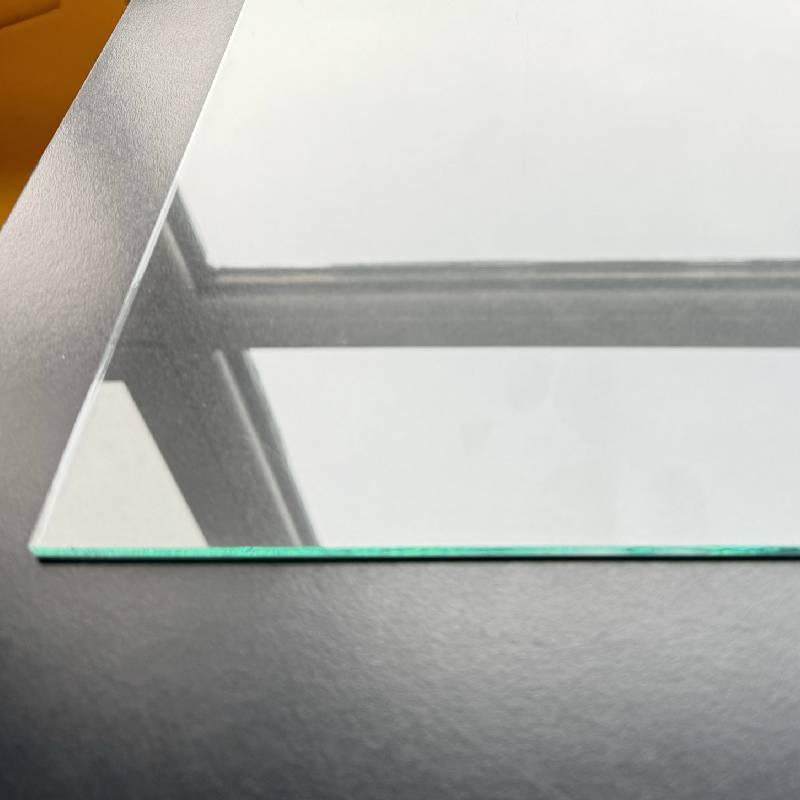

The Rise of Tempered Glass A Modern Solution for a Safer World
In today's fast-paced and ever-evolving world, safety and durability have become paramount concerns across various industries. One remarkable material that has gained significant traction for its strength and resilience is tempered glass. Often referred to as toughened glass, this innovative product offers a multitude of benefits, making it an ideal choice for a range of applications—from architecture to automotive.
What is Tempered Glass?
Tempered glass is made through a process of extreme heating and rapid cooling, which increases its strength compared to standard glass. During this process, the glass is heated to about 600 degrees Celsius, then cooled quickly. This method not only enhances the glass's mechanical properties but also ensures that if it does shatter, it breaks into small, blunt pieces rather than sharp shards that can cause injuries. This characteristic makes tempered glass a preferred choice in environments where safety is a concern, such as in skyscrapers, shower enclosures, and car windows.
Applications and Benefits
The versatility of tempered glass is evident in its wide range of applications. In the construction industry, it is used in facades, doors, and windows, contributing to both aesthetic appeal and safety. Its ability to withstand high levels of stress makes it suitable for high-rise buildings, where strong winds and thermal fluctuations can create potential hazards. Moreover, the thermal resistance of tempered glass allows it to endure significant temperature changes without breaking, making it ideal for environments exposed to heat, such as kitchen countertops or fireplace screens.
In automotive applications, tempered glass is commonly used for side and rear windows. Its safety features are particularly crucial, as it shatters safely, minimizing harm to occupants during accidents. Additionally, the glass’s ability to block harmful UV rays contributes to passenger comfort and protection from sun damage.

The rise of tempered glass is not only limited to traditional applications; it has also found a niche in the world of electronics. Touchscreens on smartphones and tablets now often use tempered glass to enhance durability while ensuring a responsive touch experience. This trend reflects consumers' need for both functionality and longevity in everyday devices.
Environmental Impact and Sustainability
With the increasing focus on sustainability, tempered glass is also recognized for its environmental benefits. It is 100% recyclable, and its longevity in various applications reduces the need for frequent replacements, thereby conserving resources. Additionally, the energy efficiency contributed by glass façades in buildings can reduce heating and cooling costs, aligning with global efforts to minimize carbon footprints.
Conclusion
The utility of tempered glass is undeniable, transforming industries with its unbeatable safety features, strength, and aesthetic flexibility. As technology continues to advance, the manufacturing processes for tempered glass are also expected to improve, potentially creating even stronger and more energy-efficient products. From enhancing the beauty of architecture to ensuring passenger safety in vehicles, tempered glass exemplifies how innovation can lead to safer, more sustainable solutions in a complex world.
As consumers become more aware of the importance of safety and design in their daily lives, the demand for products featuring tempered glass will likely only increase. This evolution reflects a broader trend where material science meets human necessity, creating a safer, more resilient environment for future generations. Whether in buildings, vehicles, or electronic devices, tempered glass is undoubtedly a testament to modern engineering and its ability to provide practical solutions for everyday challenges.